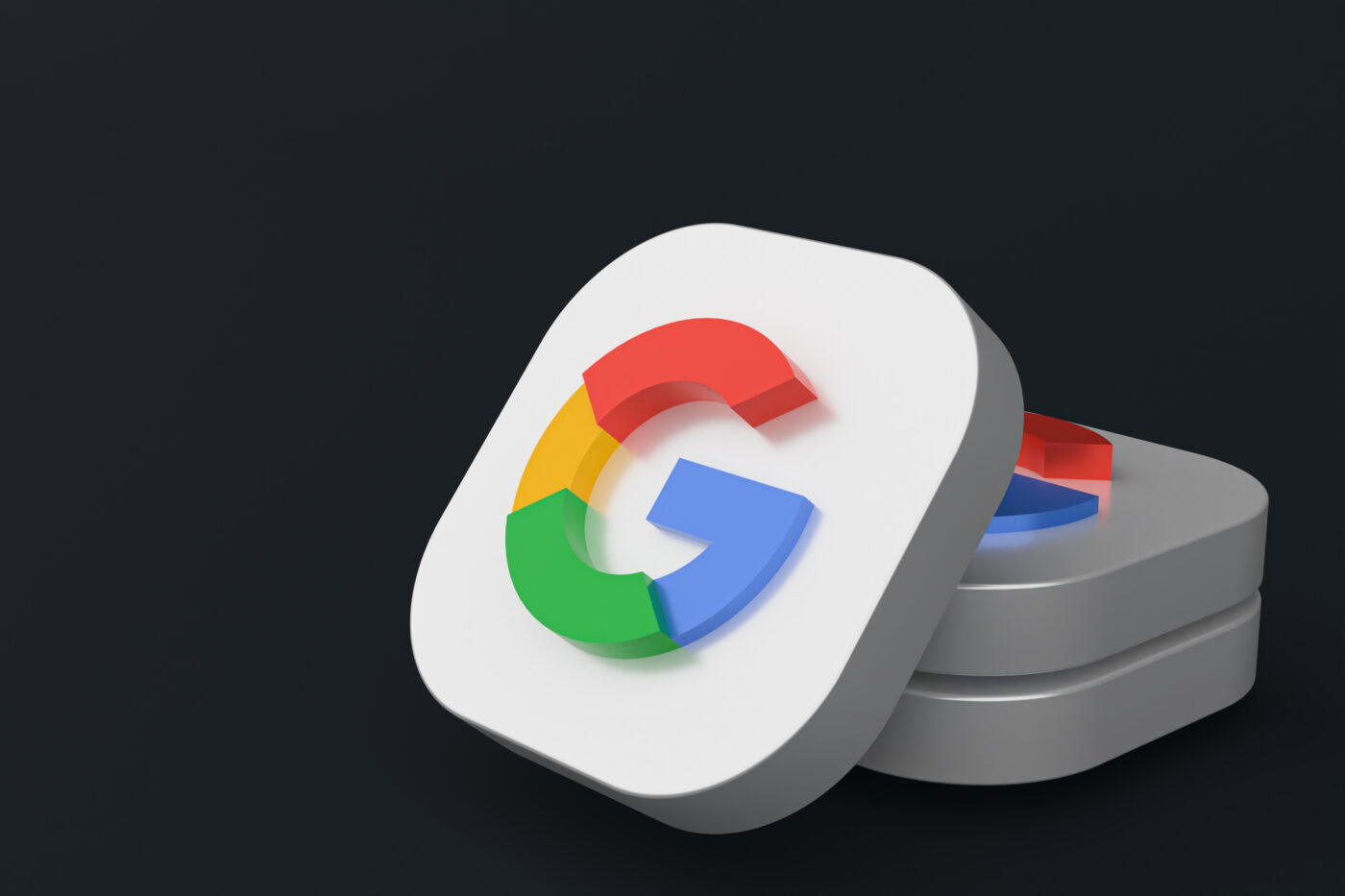Web development is the process of creating websites and web applications that run on the internet. Whether it’s a simple portfolio site or a complex e-commerce platform, web development brings digital ideas to life. But not all web development is the same. Broadly, it is divided into three main categories: frontend, backend, and full stack development. Each plays a unique role in building the web.
Index
- Frontend Development Explained
- Backend Development Simplified
- Full Stack Development Overview
- Which Web Development Path Is Right for You
- Conclusion
1. Frontend Development Explained
Frontend development focuses on the user interface and user experience (UI/UX) of a website. It involves everything users see and interact with directly in their web browsers.
Core Technologies:
- HTML (Hypertext Markup Language)
- CSS (Cascading Style Sheets)
- JavaScript
- Frameworks like React, Vue, and Angular
What Frontend Developers Do:
- Design web page layouts
- Implement responsive design for all devices
- Ensure a smooth user experience with interactive elements
Example: When you visit a website and see a navigation menu, buttons, or animation effects—that’s frontend development in action.
2. Backend Development Simplified
Backend development refers to the server-side logic and database interactions that power a website. Users don’t see the backend, but it ensures everything on the frontend works properly.
Core Technologies:
- Programming languages like Python, PHP, Java, Node.js
- Databases like MySQL, MongoDB, PostgreSQL
- Server management and APIs
What Backend Developers Do:
- Build and manage servers and databases
- Write application logic and security functions
- Handle user authentication and form submissions
Example: When you log into an account or complete a payment on a site, the backend ensures your data is validated and stored securely.
3. Full Stack Development Overview
Full stack development combines both frontend and backend skills. Full stack developers are capable of building a complete web application from scratch.
Skills Full Stack Developers Need:
- Frontend: HTML, CSS, JavaScript, frameworks
- Backend: Server-side languages, databases, APIs
- Version control (Git), DevOps basics, and deployment
Example: A full stack developer might build a blog site with an admin panel where new posts can be written (backend), and a user-facing site where posts are displayed (frontend).
4. Which Web Development Path Is Right for You
- Choose Frontend: If you enjoy creativity, design, and making things look great
- Choose Backend: If you like logic, problem-solving, and working with data
- Choose Full Stack: If you want a broader skill set and like end-to-end development
Many Indian startups and companies are hiring developers across all three domains. With platforms like Digital Udyami offering guided learning paths, it’s easier than ever to start.
5. Conclusion
Understanding the three types of web development helps you pick a career path that suits your interests and goals. Whether you become a frontend, backend, or full stack developer, the web development industry offers high demand, excellent pay, and career flexibility. So, choose your path and start building today!
Outbound Links:









